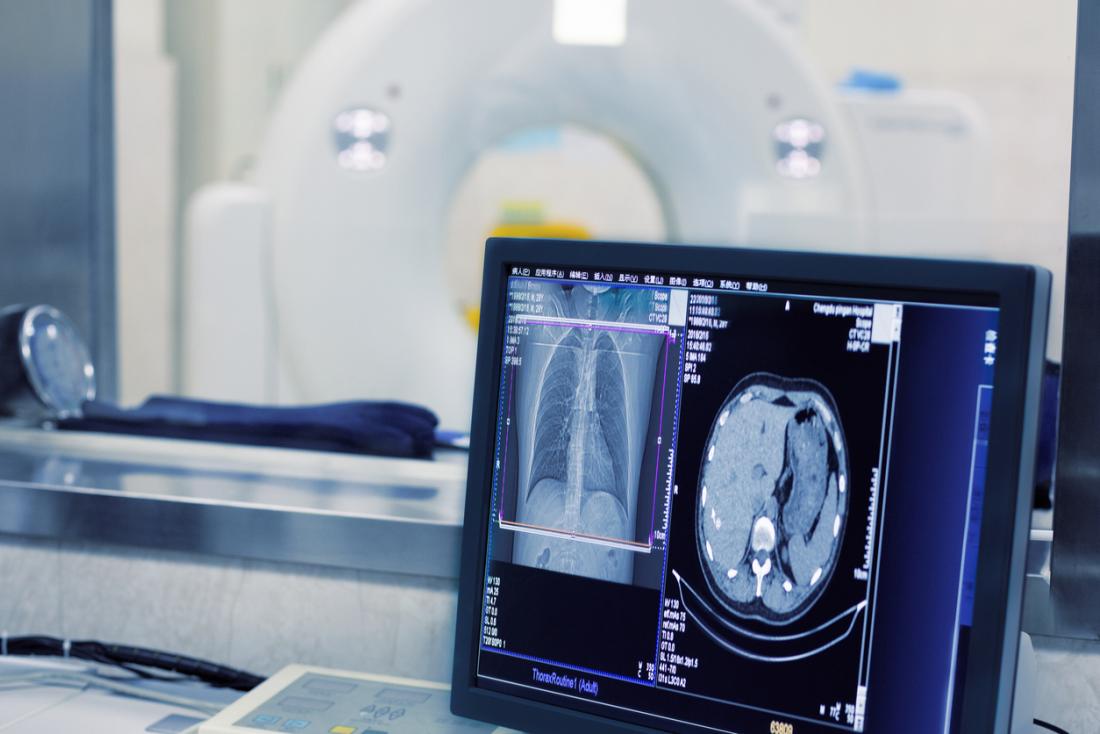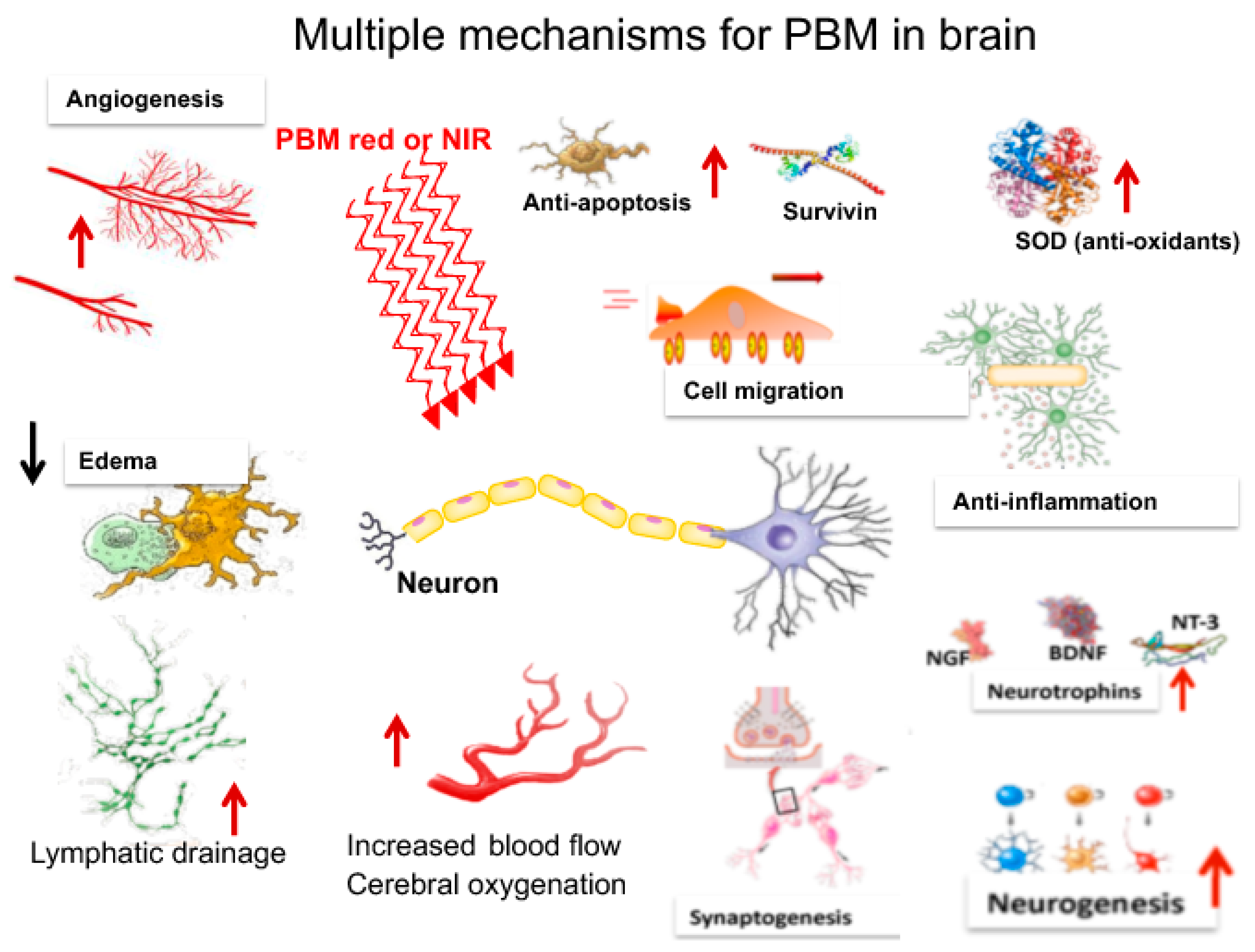Researchers use a computer to perform CT scans of organs: predictable patient mortality
Using a computer to analyze CT images of patient organs, the researchers were able to predict their 5-year mortality rate with an accuracy rate of 70%. This is the latest research published in the journal Science Report. The author of the study, Dr. Luke Oakden Rayner of the School of Public Health at the University of Adelaide, Australia, and colleagues believe that their findings will advance the field of precision medicine. The National Institutes of Health (NIH) defines precision medicine as "an emerging approach to disease prevention and treatment that takes into account individual differences in the genetics, environment, and lifestyle of each individual." As the authors of the study point out, precision medicine relies on the discovery of biomarkers, which are precise indicators of disease risk, treatment response, or disease prognosis. They believe that radiology plays an important role in this field. In their study, Dr. Oakden Rayner and colleagues began to explore whether they could teach computers to "learn" information from computed tomography (CT) to predict a 5-year mortality rate. First, the team collected 15,000 CT images of seven different organizations—including heart and lung tissue—from images of patients 60 years of age and older. Using logistic regression techniques, the researchers identified some image features associated with 5-year mortality. The research team then combined the data with “deep learning†techniques. Dr. Oakden Rayner explained that this is a way for computers to “learn how to understand and analyze imagesâ€.
Suyzeko Photobiomodulation Therapy Helmet 810nm Infrared Helmet PBM Light Therapy Machine
infrared red light helmet 810nm Photobiomodulation benefits and photobiomodulation therapy near me
Photobiomodulation (PBM) describes the use of red or near-infrared light to stimulate, heal, regenerate, and protect tissue that has either been injured, is degenerating, or else is at risk of dying. One of the organ systems of the human body that is most necessary to life, and whose optimum functioning is most worried about by humankind in general, is the brain.
PBM light therapy, also known as photobiomodulation therapy, has been shown to have several benefits for brain disorders. This therapy involves using low-level light therapy to stimulate the cells in the brain and promote healing and regeneration. Here are some of the benefits of PBM light therapy for brain disorders:
photobiomodulation, pbm light therapy,photobiomodulation therapy machine,Infrared Helmet,810nm 1070nm pbm helmet, rtms helmet Shenzhen Guangyang Zhongkang Technology Co., Ltd. , https://www.syztreatment.com

1. Neuroprotection: PBM light therapy has been found to have neuroprotective effects, meaning it can protect the brain cells from damage and degeneration. It can help reduce inflammation and oxidative stress in the brain, which are common factors in many brain disorders.
2. Improved cognitive function: PBM light therapy has been shown to enhance cognitive function, including memory, attention, and problem-solving skills. It can stimulate the production of brain-derived neurotrophic factor (BDNF), a protein that promotes the growth and survival of brain cells.
3. Reduced symptoms of depression and anxiety: PBM light therapy has been found to have antidepressant and anxiolytic effects. It can increase the production of serotonin, a neurotransmitter that regulates mood, and reduce the activity of the amygdala, a brain region involved in fear and anxiety.
4. Enhanced neuroplasticity: PBM light therapy can promote neuroplasticity, which is the brain's ability to reorganize and form new connections. This can be beneficial for individuals with brain disorders as it can help improve their ability to learn, adapt, and recover from injuries.
5. Accelerated healing after brain injuries: PBM light therapy has been shown to accelerate the healing process after brain injuries, such as traumatic brain injury or stroke. It can improve blood flow to the injured area, reduce inflammation, and stimulate the repair and regeneration of damaged brain cells.